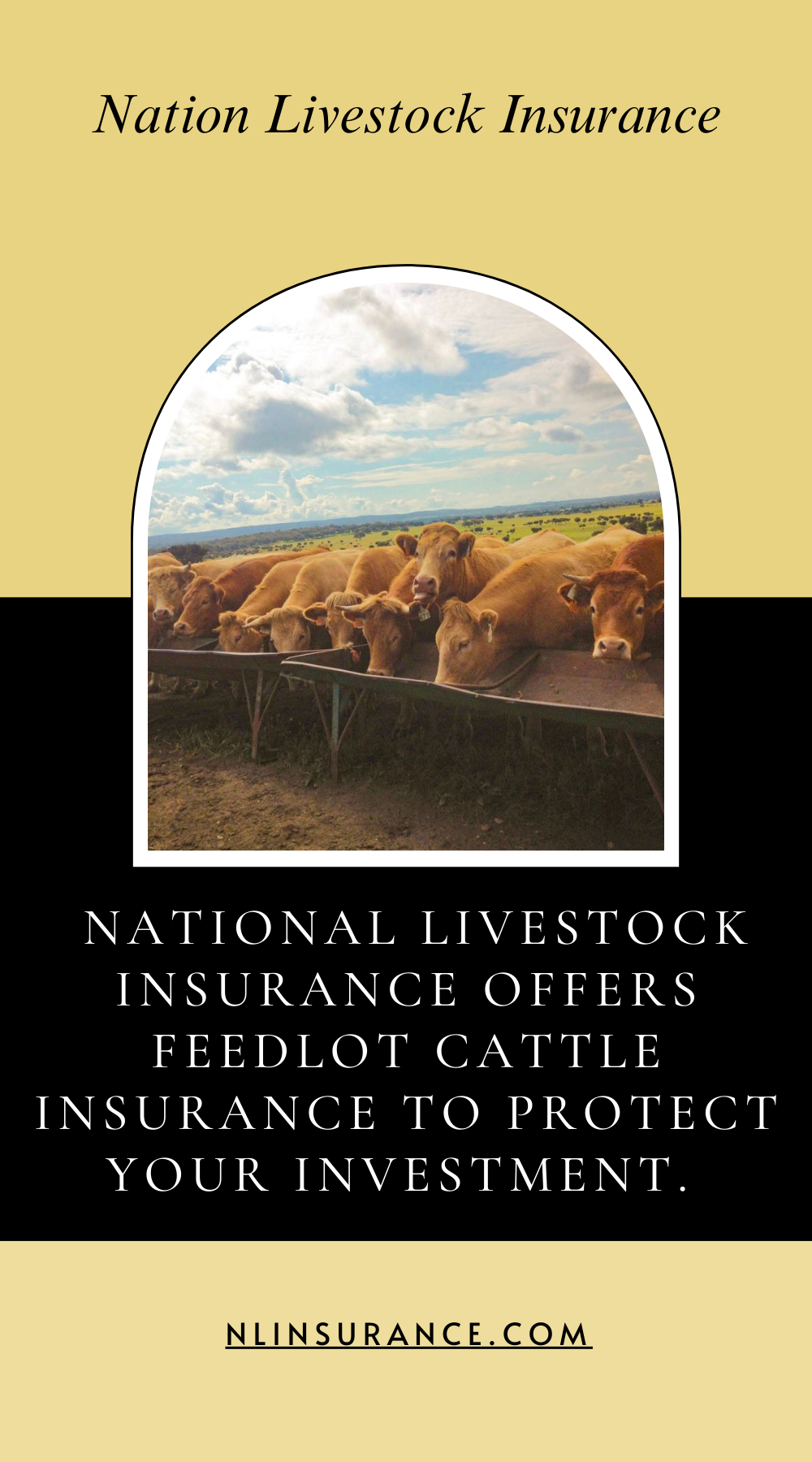In Lubbock and nearby areas on the Llano Estacado, feedlots are part of the landscape, from city outskirts to the open prairie. Whether you run a smaller pen or manage thousands of head, the weather here throws serious challenges your way. Extreme summer heat, sudden spring storms, violent wind events, blizzards, and flash floods all pose real risks. That’s why Feedlot Cattle Insurance from National Livestock Insurance is designed specifically for operators like you. It covers the death of cattle under a clearly defined valuation schedule, plus important optional protection for hypothermia, carcass removal, contaminated feed or water, and major events, from fire and lightning to theft and blizzard smothering.
This policy is all about value protection, not vet costs or illness treatment. It steps in only when cattle die from specific hazards. Your payout aligns with the valuation schedule, meaning cattle are insured based on current market value.
What qualifies as a covered loss? Think sudden events: lightning sparks a fire, a wall collapses on cattle, a flood sweeps through the yard, cattle drown in a wash, a blizzard buries pens, causing smothering, feed gets contaminated, someone steals your cattle, or temperatures drop fast enough to cause hypothermia. These situations are real in Lubbock’s climate.
Lubbock lies in a semi-arid region with unpredictable weather. Summers often push into the 90s°F or higher, and the combination of temperature and humidity creates intense heat stress. Cattle density, dark coats, and hot days delay night cooldown, worsening stress. Heat stress isn’t just a discomfort; it’s a production killer and, in rare cases, leads to death.
Winters bring sudden drops, with spring blizzards causing heavy snowfall. A single "smothering" event can drown or suffocate penned cattle, like the multistate losses seen in “Winter Storm Goliath,” when tens of thousands of cattle die. Freezing water systems and sudden exposure can cause hypothermia, even without blizzard conditions.
These scenarios create serious risks for cattle feeders. The valuation schedule ensures compensation matches actual market prices, so whena loss occurs, you aren’t left holding the bag.
Spring and early summer in Tornado Alley are especially risky. Hailstorms, heavy rains, and strong winds can collapse barns, rip off pen structures, and flood lots, endangering cattle. That’s why fire, windstorm, flood, and building collapse are covered.
Drought conditions sometimes follow heavy rains, leaving water troughs contaminated when floodwaters recede. If cattle drink tainted feed or water and die, the contaminated feed or water rider helps cover those losses.

.png)
Insurance isn’t a substitute for good management, it’s a safety net when things go wrong. Simple practices like maintaining clean pens, testing water after storms, securing barns for wind protection, and checking feed structures all support claim validity. During hot spells, shade, fans, sprinklers, and airflow systems reduce stress. In cold snaps, additional bedding, windbreaks, and early feed can mitigate hypothermia.
When transporting cattle, whether between yards or to market, vigilance is key. Well-ventilated trailers, scheduled rest stops, and avoiding travel during extreme weather help prevent death from stress or exposure. Provided you care appropriately during transport, losses from covered perils remain valid under the policy.
Contaminated feed or water isn’t rare. Heavy storms or levee breaches can pollute water and feed supplies. Having coverage means cattle deaths in those situations don’t wipe out weeks of investment.
Carcass removal coverage is not about fancy services, it’s a practical tool. Removing dead cattle from pens comes with cleanup, transport, and disposal costs. That money can hit hard if you’re not prepared.
Hypothermia protection provides pay for cattle that die due to sudden cold exposure, without visible signs, these losses could otherwise go uncompensated.
Our relationship goes beyond policies. We walk your yard, review your pen setup, feed and water systems, and transport practices, then help you tailor coverage to fit your operations. We remind you of seasonal risks, summer heat, spring storms, winter freezes, and help you adjust protocols to reduce losses.
When claims happen, we act fast. Lubbock margins don’t wait. National Livestock Insurance settles according to schedule and issues payments quickly, backed by The Hartford’s A+ financial strength.
The 2024 wildfire in the Texas Panhandle killed thousands, including cattle, with ranchers using forklifts to salvage survivors. In Lubbock, dust storms and wind can ignite wildfires and collapse pens. When fire threatens, this insurance ensures that cattle loss due to fire or lightning is addressed.
In 2020, a blizzard wiped out tens of thousands of cattle across the Panhandle and High Plains, highlighting how quickly conditions can shift. Feedlot Cattle Insurance helps you recover from financial hits so you can rebound.
Your feedlot doesn’t need to be massive to benefit. Whether you manage 500 head or 50,000, you pick the valuation schedule and riders that fit. As your herd grows, coverage scales with you.
Feedlot cattle in Lubbock face serious risks: heat, cold, storms, floods, fire, and theft. National Livestock Insurance’s Feedlot Cattle Insurance offers tailored protection for death-causing hazards only. With methodical cover based on valuation + vital add-ons, you get a safety net that supports herd continuity and business resilience.
We partner with you to manage risk, inspect your operation, adjust your coverage, and settle claims fast, backed by a century of livestock experience and The Hartford’s financial strength.
Let’s build your feedlot insurance together. Protect your cattle, protect your investment, and keep feeding Lubbock’s future with confidence.